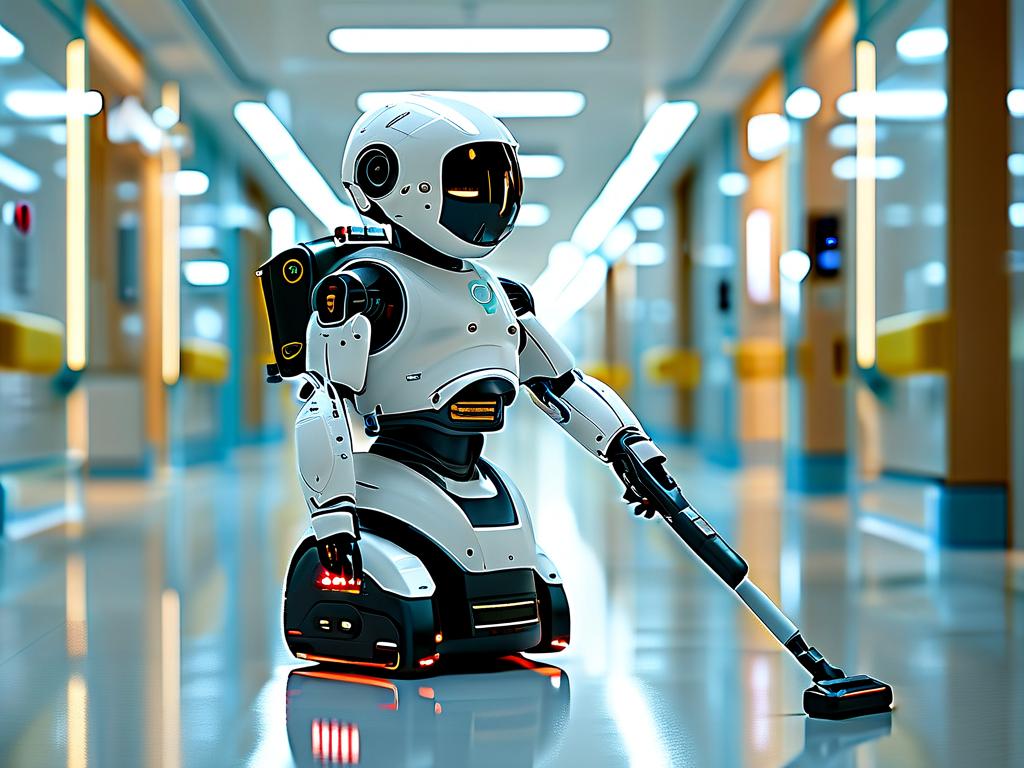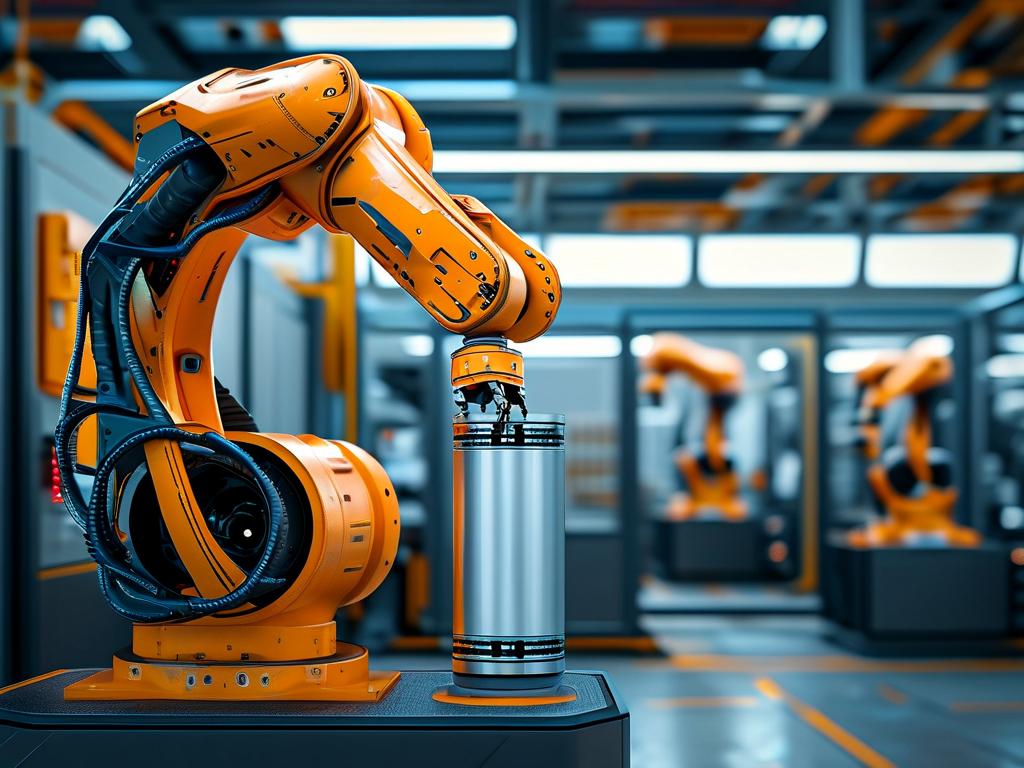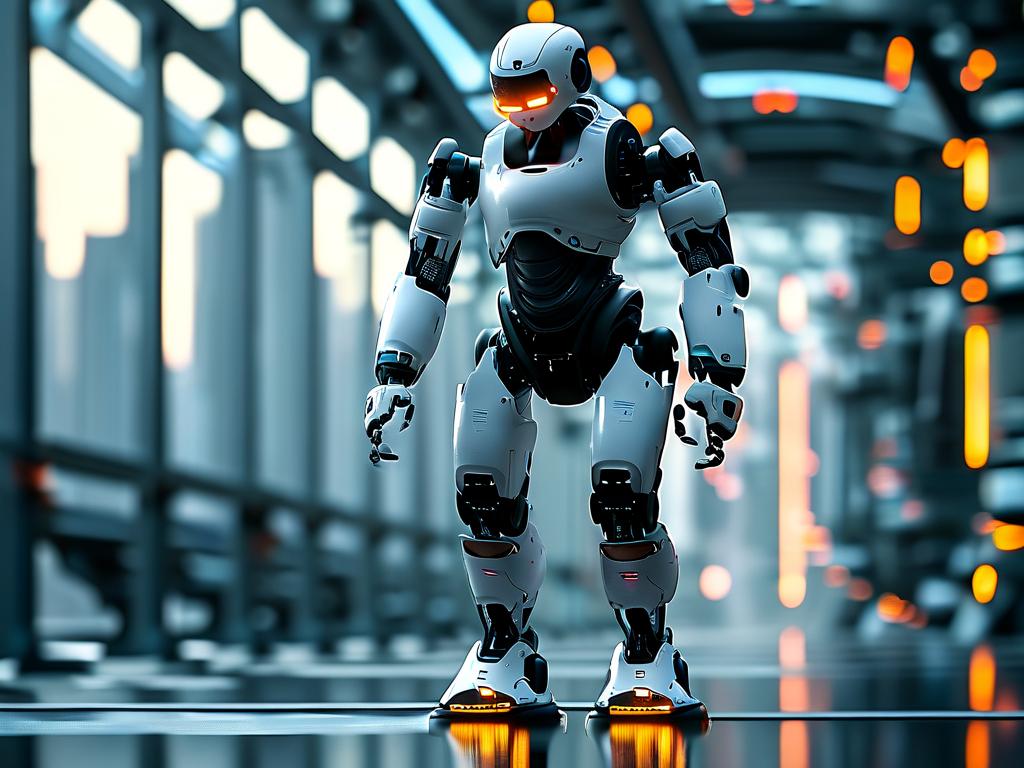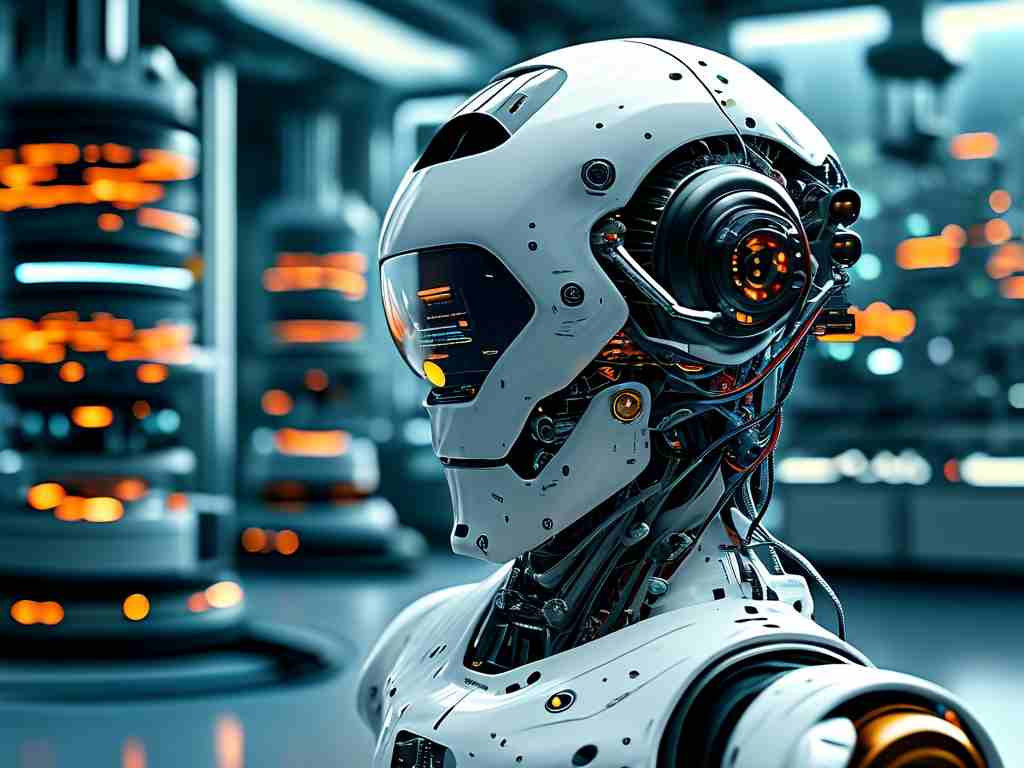The rapid evolution of disinfection robot technology has revolutionized hygiene practices across industries, particularly in healthcare, hospitality, and public spaces. By integrating advanced sensors, artificial intelligence, and autonomous navigation systems, these robots are redefining how environments are sanitized, offering precision and efficiency unmatched by traditional methods.

Core Technologies Powering Disinfection Robots
Modern disinfection robots rely on a combination of ultraviolet-C (UV-C) light, hydrogen peroxide vaporization, and electrostatic spraying mechanisms. UV-C irradiation, operating at wavelengths between 200–280 nanometers, effectively neutralizes pathogens by disrupting their DNA/RNA structures. For instance, studies show that UV-C robots achieve up to 99.9% microbial reduction in hospital settings when deployed for 15–30 minutes per room. Meanwhile, aerosol-based systems enable even coverage in complex spaces, such as ICU units or public transportation vehicles, where manual cleaning might miss hidden surfaces.
Autonomous navigation is another critical component. Using simultaneous localization and mapping (SLAM) algorithms paired with LiDAR or 3D cameras, robots can dynamically adjust their routes to avoid obstacles while maintaining optimal disinfection paths. A notable example is the use of these systems in airports during the COVID-19 pandemic, where robots like the Xenex LightStrike autonomously sanitized high-touch areas without human intervention, reducing cross-contamination risks.
Industry-Specific Applications
In healthcare facilities, disinfection robots complement manual cleaning by targeting multidrug-resistant organisms (MDROs) in operating theaters and patient rooms. For example, the Texas Medical Center reported a 70% drop in surgical site infections after implementing UV-C robots for post-operative sanitation. Similarly, hotels and cruise lines have adopted these systems to ensure guest safety—Marriott International’s partnership with a robotics firm led to customized robots that sanitize 50+ rooms daily, cutting turnaround time by 40%.
Laboratories and pharmaceutical cleanrooms also benefit from robotic precision. Robots equipped with HEPA filtration and chemical-agnostic spray systems maintain sterile conditions critical for drug manufacturing. A case study from Pfizer’s North Carolina facility revealed that autonomous disinfection reduced human error in contamination control by 92% compared to manual protocols.
Challenges and Future Directions
Despite their advantages, adoption barriers persist. High upfront costs—ranging from $30,000 to $150,000 per unit—limit accessibility for smaller institutions. Maintenance complexities, such as replacing UV-C lamps every 1–2 years or calibrating spray nozzles, also require specialized training. However, leasing models and robotics-as-a-service (RaaS) platforms are emerging to address these hurdles.
Looking ahead, hybrid systems combining UV-C with IoT-enabled sensors will likely dominate. Researchers at MIT are prototyping robots that use real-time air quality data to prioritize disinfection zones, while startups like OhmniLabs are testing swarm robotics for large-scale deployments. Additionally, advancements in battery technology—such as solid-state lithium-ion cells—promise longer operational durations, enabling robots to sanitize facilities for 12+ hours on a single charge.
Regulatory frameworks are evolving in tandem. The FDA recently introduced guidelines for medical-grade disinfection robots, emphasizing validation protocols for microbial kill rates. Similarly, the ISO is drafting standards for autonomous navigation safety in public spaces, ensuring robots coexist seamlessly with human activity.
In , disinfection robots represent a transformative shift in sanitation practices. As technology matures and costs decline, their integration into everyday environments will become ubiquitous, creating safer spaces while reducing reliance on labor-intensive methods. From hospitals to airports, these machines are not just tools but essential partners in global health security.









